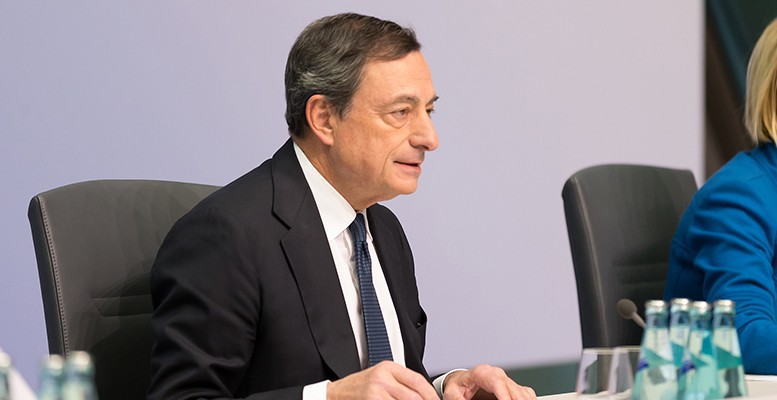Last week, the ECB’s governing council openly disavowed its chairman by refusing to provide any hint about the potential dismantling of quantitative easing. Draghi was at pains to reconcile this rebuke with his sanguine message in Sintra pointing to a tapering decision shortly after the summer break. In the press conference following the board, he was forced to admit that for the time being inflation run far away from its medium-term goal. Moreover, he had to justify why he depicted the current outlook as ‘reflationary’ in the Portuguese gathering. A flop that sent shockwaves to the markets, steeply rising bund rates and the Euro. Even if the muted turmoil soon faded away, it stressed the extreme sensitiveness surrounding any shift in the current asset buying programme.
It comes as no surprise. The Federal Reserve unleashed a tempestuous reaction when announcing the intention of triggering its tapering. The ensuing sharp dollar revaluation led to widespread chaos in emerging currencies, downgrading growth prospects. The Euro is unlikely to trigger such a backlash outside its boundaries. Yet, it might disrupt home stability by hitting countries incurring in huge financial or public deficit imbalances. Those exposed to massive indebtedness will markedly suffer from interest rate hikes. Preserving internal convergence in the Eurozone stands as a stringent requirement the US Central Bank does not face.
It seems evident that the ECB will feel forced to move when inflation comes near its 2% target. Yet, the mere hint it might start considering that step will undoubtedly shake up the markets and exert pressure on the most heavily indebted companies and governments. No wonder the members of the board seem so reluctant to engage into such a perilous path. Even if the economy shows an increasingly robust performance, they are conscious that lifting the existing over-accommodative credit conditions might downgrade growth prospects.
All depends on how inflation reacts to the current favourable scenario. Its headline results show an erratic trend as subdued energy prices might reverse their current downward course without warning. Yet, underlying prices trail behind as high unemployment rates dampen hopes of rising salaries and costs. Inflation will take longer than expected to come close to its medium-term objective. Thus, the ECB could stand in the doldrums until next year, coming under no pressure for launching the stiffening process.
Regardless of the ECB’ lack of action, Europe will import rising interest rates from the other side of the Atlantic. As usual, what matters is how the FED achieves its rough way towards normalisation. For the time being, it is taking a cautious stance preserving global stability. When Ms Yellen presumably steps down in February, her successor is likely to run a most pragmatic policy. Let’s hope it does so, leaving extra room for the ECB to adjust its monetary mix at ease, subject to no acute external pressure.





